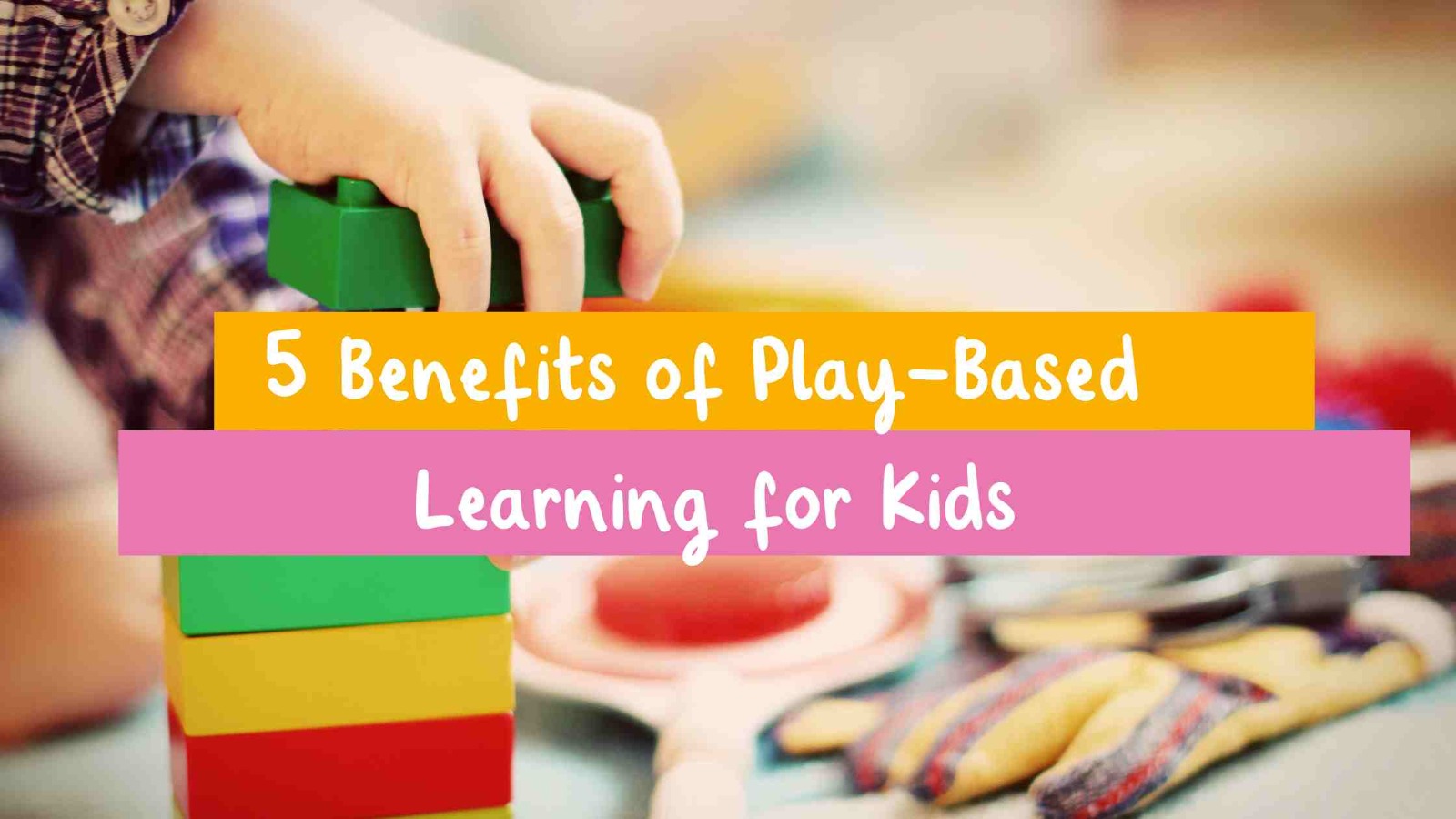Discussion on roles of nursing professionals
Students Name: TejasStudent ID:
Table of Contents
- Introduction: 3
- Section 1: Summary of a GNP of choice and self-reflection 3
- Section 2: Clinical question 4
- Section 3: Prioritization: 5
- Section 4: Professional 6
- Conclusion: 8
- References: 8
Introduction:
In this assignment, there is a brief discussion on the roles of nursing professionals in prioritizing the patient care system to patients accordingly. In this aspect, Monash health care organization based graduate educational systems are presented also to emphasis on their educational system. Here, nursing students can work in a real scenario for developing themselves as registered nursing professionals. All of these discussions are present in the following portion of the assignment.
Section 1: Summary of a GNP of choice and self-reflection
Monash Health is the private health service provider where nurse and midwifery student get the scope to go through the transformation from a student to the registered nursing professionals. There are many such programs where those students get the scope to serve patients of different ages from antenatal to the old-aged. Among many such programs, most impactful one is the nursing and midwifery study based graduation program for Aboriginal and Torres Strait Islander in Monash hospitality (Monash Health Graduate program Nursing& Midwifery., 2020). Here, the framework of the health service is designed in such a manner where Aboriginal patients are served with culturally responsive as well as timely care providing system as nurse and midwife professionals are here guided to develop a strong link with those aboriginal peoples. Monash hospitality is the best one in nursing graduation study in the Torres Islander genre because to support these indigenous peoples, Monash has arranged the program where Aboriginal nursing students get excitement, fear as well as adventure and trepidation during serving their Aboriginal patients. It is one of their speciality study program where student get extra study and rotational duty period to achieve a smooth transition from student to a professional (Melder et al., 2020).
Section 2: Clinical question
Investigation of seizure is the part which is mainly performed for the patients who are reported with a prior history or symptoms of Epilepsy. In this aspect, when nurses will observe that, a male patient is fallen on the floor of washroom initial action will be to take him to bed. In these kinds of patients both of motor abilities, as well as mental abilities, become fragile (Abbasinia, Ahmadi & Kazemnejad, 2020). In this period, those nursing professionals will make ready the patients for some medical tests for assessment purpose. In the neurological test period, nursing professionals should emphasis on experimenting on the motor abilities as well as mental functions to find out mental disorders if any. When the person is found on the floor of the washroom the initial nursing intervention will be to take him to the bed. In this aspect, when a male patient is observed as fallen in the investigation of seizure, initially motor disability is observed. In this scenario, as a nursing professional it is the primary task to provide him with some support, mainly to support his bed with a pillow or others. In this period, nursing professional should provide information to the authority to provide a person or nurse to observe this patient and protect him from unintentional falling. It is crucial to observe in the washroom as a nursing professional to observe that, this patient has vomited during falling or not. If that person inhales the vomit in the lungs that may incur a lethal effect. Looking for a medicated ID bracelet which should be specially designed with seizure instructions. Staying in the side of this person is very crucial along with making strict supervision on the vital signs of the patient which includes pulse rate, blood pressure and heartbeats and others (World Health Organization., 2020). Due to wave-like electrical activities within brain patient may fall in the washroom. But to maintain the integrity in the medical treatment system nurse should maintain the dignity, cultural belief as well as respect to the patient during helping him in his fallen condition. All of these experiments are very crucial for the patient who falls on the floor because in most of the cases the patient with seizure loses their heart pumping ability. To provide a safer environment to this male patient, nursing professionals should arrange the side rails with padded systems which may help the patient to remove clutters. After taking this patient to the bed nursing professionals should help him through lowering the bed. After taking the patient to bed, nursing professionals should encourage the patient to take food and rest adequately. It may help him to recover his motor ability. Falling in such patient sometimes occur from stress where patients should be courageous for a small walking with nursing professionals along with stress reduction techniques, as well as others like medication. Nursing professionals should maintain their integrity to provide overall support to this patient and check if there is any cutting or bleeding occur for such a fall. Safety precautions will include accommodating a commode for this patient as he was admitted for the investigation of seizure. Such patients normally carry the disorders of motor activities. Commode accommodation and making it clear after every use for hygiene purpose will help that person from further such incident also.
Section 3: Prioritization
According to the prioritization aspect, patient 4 is required to get treatment with the highest priority. According to the case study, Mr Stavropolous is reported with acute asthma. In this period, he is treated with bronchodilator as well as steroids such as Ventolin and Prednisolon at 8.00 a.m. Any of thee both drugs are not provided in proper time, this patient may fall into the acute severe asthma. In medical terminology, this condition is lethal and life-threatening one. Here, Ventolin is the bronchodilator which enhances the relaxation in breathing muscles and enhances the airflow amount in the respiratory tract (McCuistion et al., 2020). If this is not provided in time, bronchospasm may occur. On the other hand, prednisolone is the corticosteroid grouped drug where adrenal is found to be present. It is provided to patients with acute asthma for preventing them from arthritis, blood issues, and immunological issues as well as breathing problems. Second priority patient in the given scenario for a nursing professional will be patient 3, Mr, Young. This patient is Nil by Mouth having an IV therapy running at 167 MLS per hours. In such patient IV analgesia, providing is highly impactful. Otherwise, pain may be enhanced which may deteriorate patients condition (Salman et al., 2020). As a result, alleviation of pain is highly prioritized. Patient no 2 is also the 3rd priority as there is the operation theatre timing at 8 a.m. Any kinds of delay in the preoperative preparation may hamper the operational activities as well as delaying in medical operational performances. It may provide effects in the post-operative situation for prolonged fasting in the preoperational period. Last priority patient will be patient 4, Mrs Peterson who is asking for the help for using the washroom for bowel clearance. She has assessed with a stroke with left-sided Hemiplegia and she requires help for moving due to bowel clearance. As this patient has the normal countenance so here some delay in bowel clearance may not be harmful a lot. In this case, the risk-benefit ratio is very less in comparison with other patients on the list. In Monash hospitality and other medical service providing organizations, it is observed among nursing professionals to continue their practices through prioritizing the patients based on their emergency and then they continue the medical treatment accordingly. Sometimes, nursing professionals implement the Maslow's hierarchy of needs to segregate the patients according to their priority. Utilization of Maslow's Law provides the guidelines to the nurses for recognizing the order which should be done and care should be given in which direction (Kabukye et al., 2020). In this provide a scenario; it is observed also where acute asthma, pre-operative patients, and other 2 patients are reported for receiving nursing care. Generally cares are given in the order of physiological needs safety needs love and belonging related needs and others among their patients.
Section 4: Professional
As per the nursing practice regulations code of conduct is a highly impactful thing. It helps nurses to work effectively in collaboration with the patient through safe as well as person-centred and evidence oriented nursing practices. For the wellbeing of a patient, nursing professionals commit to supervise and assess patient's data for providing a better nursing intervention. According to the provided scenario, the hypoglycaemic episode is an emergency in comparison with the preoperative patient Mr Stanley with an ascetic tap. As a nursing professional and the hierarchy of priority, as well as to follow professional behaviour, this hypoglycaemic patient should be treated first (Mather & Cummings, 2019). In this situation, the most crucial part is to communicate with the Residential Medical Officer to provide some time as it is a busy hour and no other nursing professionals are available except one. As a nursing professional, in such condition, one should assist the hypoglycaemic patient until that patient becomes euglycemic. If the patient becomes a normoglycemic one, that nursing professional should assist the RMO for the ascetic tap. During providing the ascetic tap related assistance nursing professional should use the normal saline-based infusion. It will be the best step for preventing the patient from hypoglycemia (Darch, Baillie & Gillison, 2019).
Ascitic tap is the medical procedure where medicated needles are utilized to ooze out or drain the internal body cavity oriented fluids from the patient's body. Most commonly this procedure is performed to drain fluids from the belly of the patient. In this situation, a nursing professional has a lot of practices such as ascites management, which includes the elicitation of patient consent for the entire procedure, prescribing the patient with albumin for performing the procedure of paracentesis as well as monitoring the electrolyte procedure (Salman et al., 2020).
As a part of the conflict resolution technique, nursing professionals should perform the processes of skin infection testing in the skin portion where the ascetic tapping will be performed (Rodenbaugh, Redulla & McCauley, 2020). If the patient with pregnant or non-cooperative, that should be reported early by the nursing professionals. Sometimes, the conflict resolution process indicates the identification of severe bowel distension and its related symptoms among patients.
As the part of patient education, nursing professionals should educate their patients for cooperating the RMO and the nursing professionals during this process through introducing the patient with several risk factors associated with the process of Aschitic tapping. These risks include infection in the tapped skin, bleeding, hyponatremia, hepatic encephalopathy as well as paracentesis leak. As a part of ascetic tapping, paracentesis should be performed in the patient with sufficient precautions such as preventing the patient from the risk of infections in the peritoneal cavity (Shreve & Lee, 2019). In this aspect, making patient aseptic before the procedure is highly impactful.
For patient feedback situation, the patient should be provided with medical communication procedure through which the patient will be able to communicate with nursing professionals to convey about pain and other issues during the ascetic tapping. In this way, nursing professionals should help both of the RMO as well as the patient.
Conclusion:
From the entire discussion, it is observed that in Monash hospitality there are different graduate programs where nursing students get the scope to be stable in their nursing career after overcoming the challenges of the transformation period. In this aspect, some prioritization and emergency treatment based nursing behaviours such as nursing regulation, patient education, feedback, RMO management are discussed. Implementation of these techniques will be helpful for patients definitely towards their quick recovery from physic-mental disabilities.
References:
Abbasinia, M., Ahmadi, F., & Kazemnejad, A. (2020). Patient advocacy in nursing: A concept analysis. Nursing Ethics, 27(1), 141-151.
Darch, J., Baillie, L., & Gillison, F. (2019). Preparing student nurses to be healthy role models: A qualitative study. Nurse education in practice, 40, 102630.
Kabukye, J. K., de Keizer, N., & Cornet, R. (2020). Elicitation and prioritization of requirements for electronic health records for oncology in low resource settings: A concept mapping study. International Journal of Medical Informatics, 135, 104055.
McCuistion, L. E., Yeager, J. J., Winton, M. B., & DiMaggio, K. V. (2020). Pharmacology-E-Book: A Patient-Centered Nursing Process Approach. Elsevier Health Sciences.
Mather, C. A., & Cummings, E. (2019). Developing and sustaining digital professionalism: a model for assessing readiness of healthcare environments and capability of nurses. BMJ health & care informatics, 26(1), 1-5.
Melder, A., Robinson, T., Mcloughlin, I., Iedema, R., & Teede, H. (2020). An Overview of Healthcare Improvement: Unpacking the Complexity for Clinicians and Managers in a Learning Health System. Internal Medicine Journal.
Monash Health Graduate program Nursing& Midwifery. (2020). Retrieved May 3, 2020, from www.monashhealth.org: https://monashhealth.org/careers/graduate-program/
Rodenbaugh, D., Vo, C. T., Redulla, R., & McCauley, K. (2020). Nursing Management of Hepatic Encephalopathy. Gastroenterology Nursing, 43(2), E35-E47.
Salman, M. A., Salman, A. A., Hamdy, A., Samie, R. M. A., Ewid, M., Abouregal, T. E., ... & Ismail, A. A. M. (2020). Predictive value of omental thickness on ultrasonography for diagnosis of unexplained ascites, an Egyptian centre study. Asian journal of surgery, 43(1), 13-19.
Shreve, L., & Lee, E. W. (2019). Role of interventional radiology in complications of portal hypertension. Journal of clinical gastroenterology, 53(5), 342-349.
World Health Organization. (2020). State of the world's nursing 2020: investing in education, jobs and leadership.




